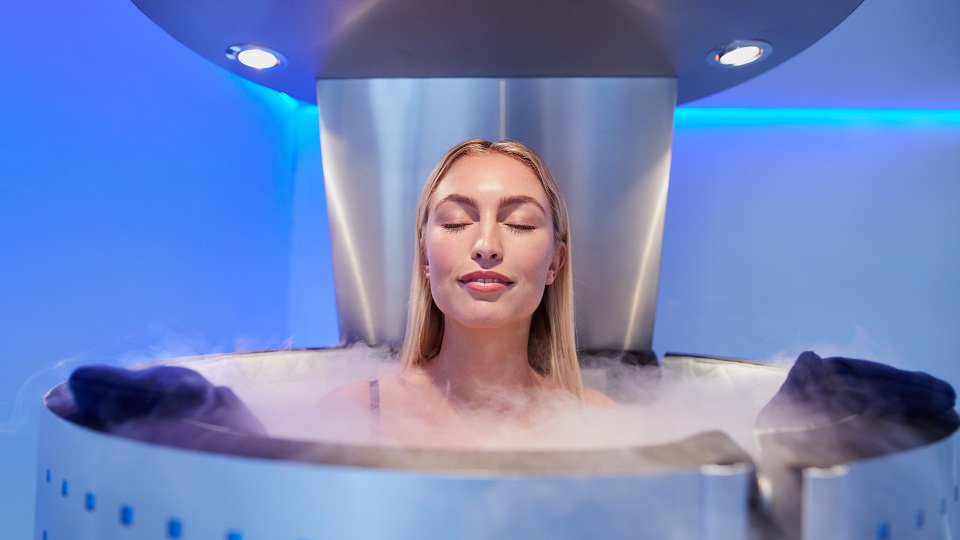Cryotherapy, often described as a cutting-edge wellness and recovery treatment, has gained remarkable popularity in recent years due to its wide-ranging benefits and applications. At its core, cryotherapy involves exposing the body to extremely cold temperatures for short periods, typically ranging from two to four minutes. This exposure can be localized, targeting specific body parts, or whole-body, where the individual stands in a cryo-chamber cooled by liquid nitrogen or refrigerated air. The science behind cryotherapy revolves around the body’s response to cold stress, which triggers a cascade of physiological reactions that can enhance overall health and wellbeing. One of the primary benefits of cryotherapy is its potent anti-inflammatory effect. When the body is exposed to extreme cold, blood vessels constrict, reducing blood flow to the affected areas and thus decreasing inflammation and swelling. Once the session ends, blood vessels dilate, promoting a fresh influx of oxygenated blood and nutrients that aid tissue repair and recovery. This mechanism makes cryotherapy a favorite among athletes and individuals with chronic pain conditions such as arthritis, fibromyalgia, and muscle injuries.

Many athletes use cryotherapy as part of their recovery routine to reduce muscle soreness, accelerate healing, and improve performance longevity. Beyond physical recovery, cryotherapy has also shown promising results in boosting mental wellbeing. Exposure to cold stimulates the release of endorphins and norepinephrine, hormones that act as natural mood enhancers and pain relievers. Many people report feelings of increased energy, improved mood, and reduced anxiety after cryotherapy sessions. Some studies even suggest potential benefits for managing depression and other mood disorders, although more research is needed to fully understand the psychological impact. Additionally, the invigorating experience of cold exposure can help improve sleep patterns and overall relaxation, contributing further to a sense of wellbeing. The cryotherapy poole is also embraced for its potential to aid weight management and metabolic health. The cold exposure forces the body to work harder to maintain its core temperature, increasing metabolic rate and calorie expenditure.
This thermogenic effect can assist with fat burning and weight loss when combined with a healthy diet and exercise regime. Moreover, some proponents suggest that regular cryotherapy sessions help improve skin tone and reduce signs of aging by stimulating collagen production and tightening the skin. While evidence on these cosmetic benefits is still emerging, many users swear by cryotherapy as a non-invasive, rejuvenating treatment. In medical and therapeutic contexts, cryotherapy has found uses beyond athletic recovery. Some clinics use localized cryotherapy to freeze and remove skin lesions and warts safely. Additionally, cryotherapy’s ability to enhance circulation and reduce muscle tension makes it beneficial for patients dealing with neuropathy, migraines, and autoimmune diseases. Cryotherapy represents a fascinating intersection of traditional cold therapy and modern wellness science. Its ability to reduce inflammation, accelerate recovery, enhance mood, support weight management, and improve skin health has made it a versatile tool for many seeking holistic wellbeing. As research continues to uncover more about its mechanisms and long-term effects, cryotherapy is poised to become an integral part of comprehensive health and wellness routines around the world.

